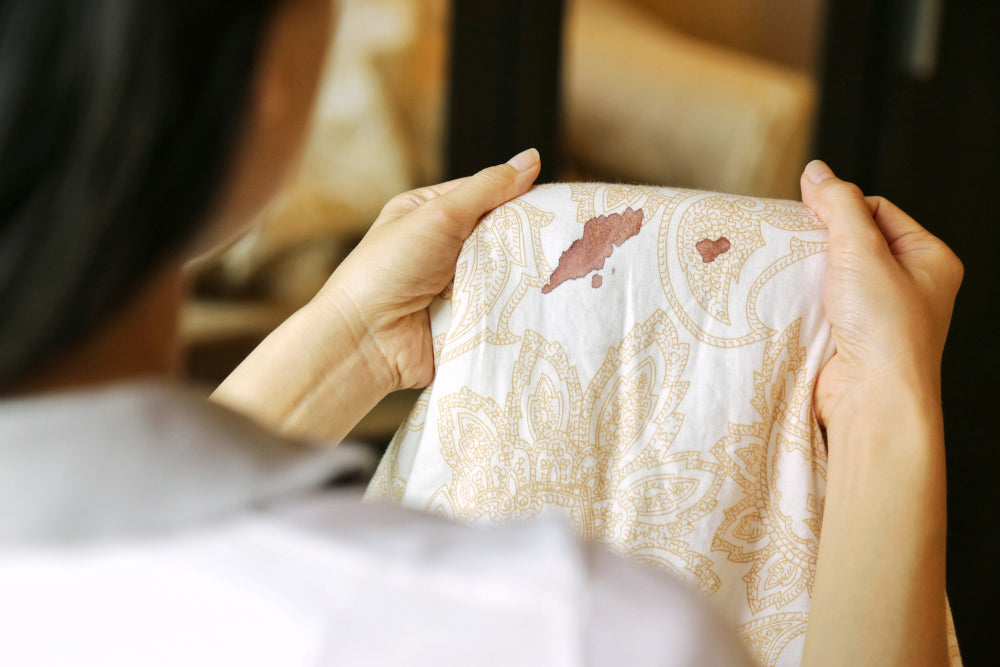

It’s not uncommon to experience brown colored period blood. Whether it’s your first period or your regular monthly, sometimes brown period blood happens. But if you’re wondering “why is my period blood brown?”, we’ve got the 411 for you.
Period Blood Color
Period blood comes in various shades of red, from bright to dark, as well as brown or black. The color of your period blood can be affected by several factors, including natural hormone level fluctuations and the rate at which the lining of your uterus sheds itself. And it can change throughout the course of a single period.
If you experience heavy bleeding for several days, although it may start bright red and fresh, overtime sitting in the uterus, it may turn brown. If it stays in the uterus for an extended period, it can mix with cervical mucus and oxidize, causing it to turn brown or rust coloured.
What Do Different Colours Indicate?
The color of period blood can indicate different things. For example:
- Bright red period blood is typically a sign that bleeding is heavy and happening at a steady rate.
- Dark red or brown blood is typically a sign that bleeding is light and slowing down.
- Dark brown or black blood is typically a sign that bleeding is slowing down and that the blood is older. It might look like brown discharge.
- Pink or orange blood is a sign that the bleeding is light or the blood is mixed with cervical fluid. It could also indicate low estrogen—connect with your doctor to discuss pink period blood further.
It’s important to note that period blood color can also be affected by natural hormonal changes over the course of several months. Medications, and certain medical conditions could also be the cause. It’s always best to consult with a doctor if you have any concerns about the color of your period blood.

What Causes Old Blood?
Old blood has been in the uterus for a longer period of time before being expelled during menstruation. Because the blood has had more time to oxidize, it can turn brown.
There are several factors that can cause old blood to appear during a menstrual cycle, including:
- A longer menstrual cycle. If your cycle is longer than average, the blood may have been in the uterus for longer before being expelled.
- Hormonal balances. Hormonal imbalances, such as those caused by polycystic ovary syndrome (PCOS) or thyroid disorders, can affect the rate of shedding of the uterine lining. This can cause old blood to appear.
- Birth control methods. Certain types of birth control methods, such as the hormonal IUD or the Depo-Provera shot, can affect the rate of shedding of the uterine lining. This can also cause old blood to appear.
- Certain medical conditions. Certain medical conditions such as endometriosis or fibroids can cause old blood.
Brown Discharge Before Your Period
Brown discharge before your period can be normal and is usually nothing to worry about. It's typically old blood that didn't get released during your last menstrual cycle. It's also possible that it could be a sign of implantation bleeding, if you are trying to conceive.
If you are experiencing other symptoms along with the brown discharge, such as itching, pain, or a foul odor, it could be a sign of an infection or other medical condition. In this case, it's important to see a healthcare provider for a proper diagnosis and treatment.
It’s great if you’re keeping an eye on what’s happening down there and getting a sense of whether darker red or even brown are common occurrences for you. If you have any concerns about the color of your period blood, if you notice a foul smell, or unusual vaginal discharge, don’t hesitate to reach out to your health care provider.























